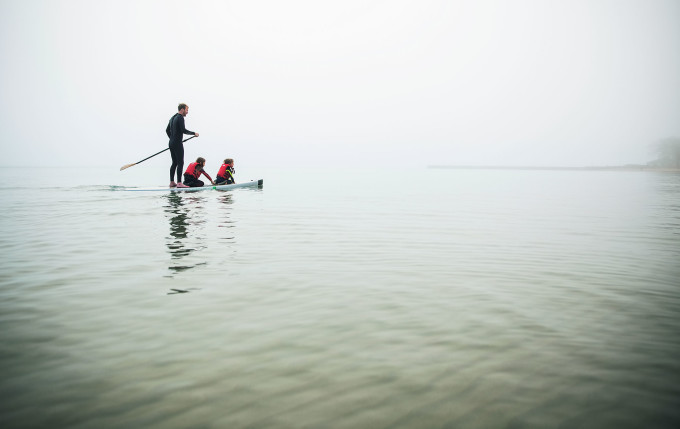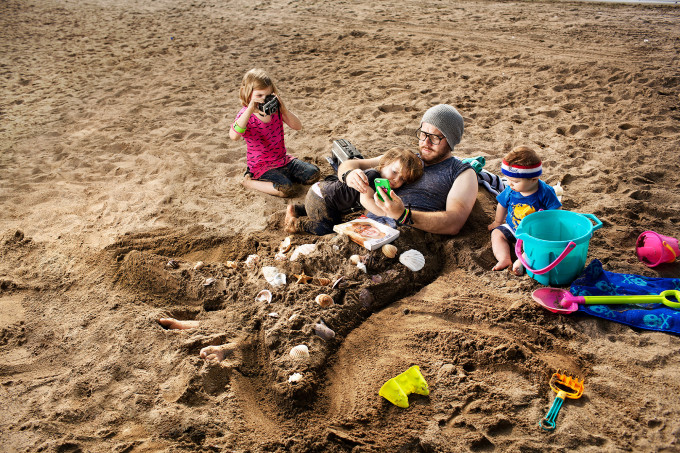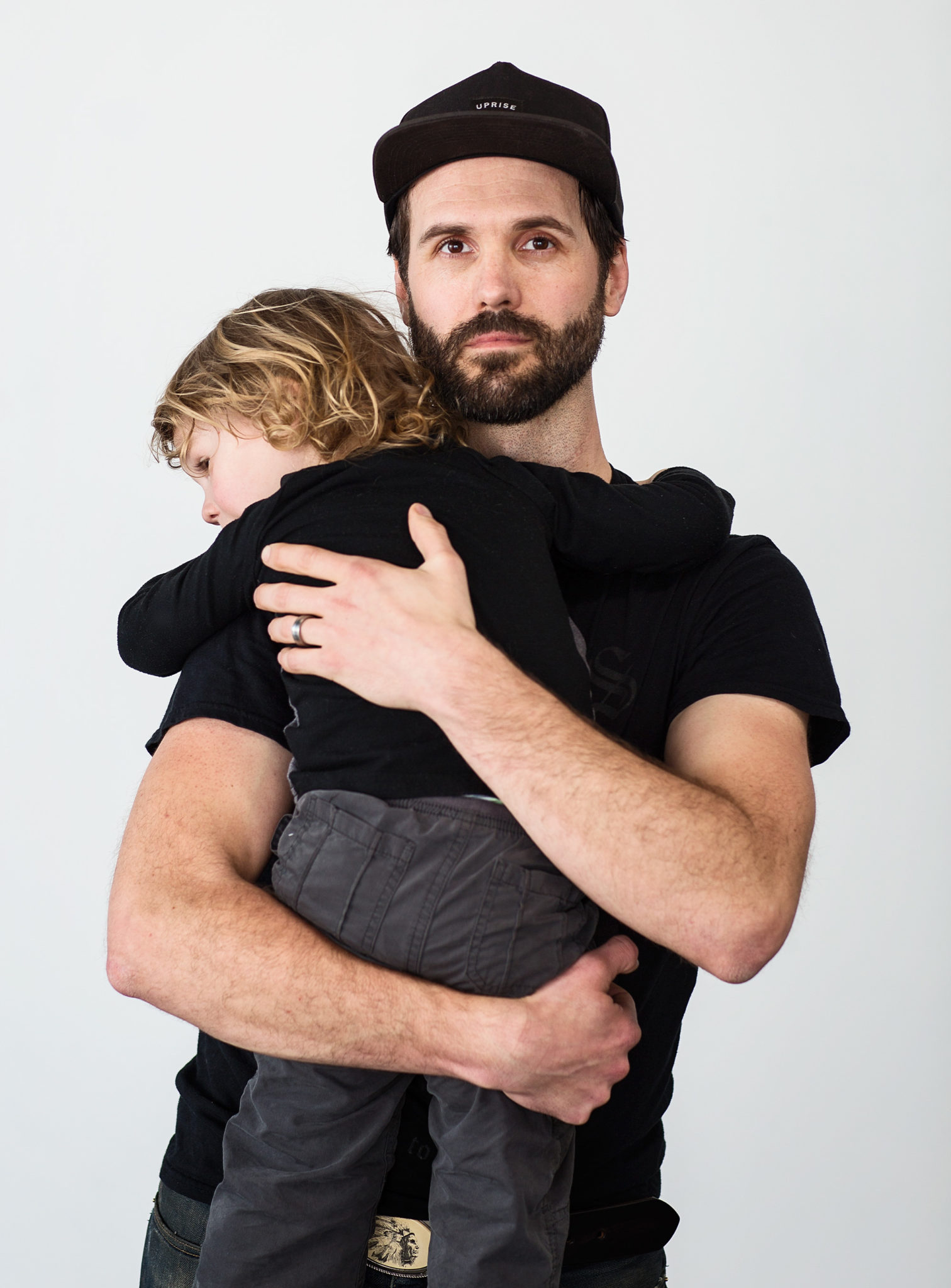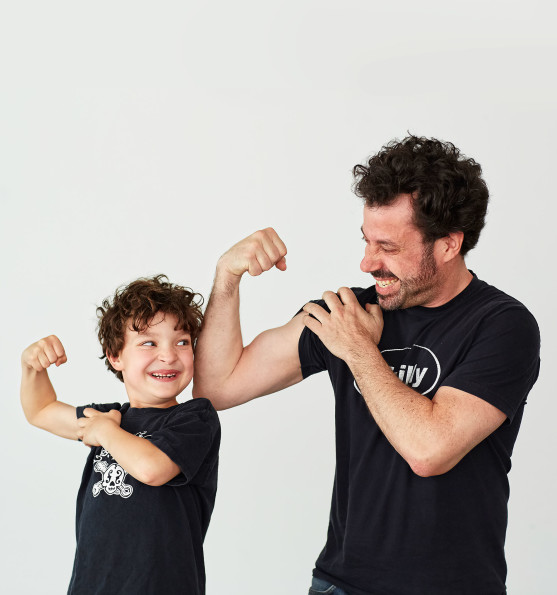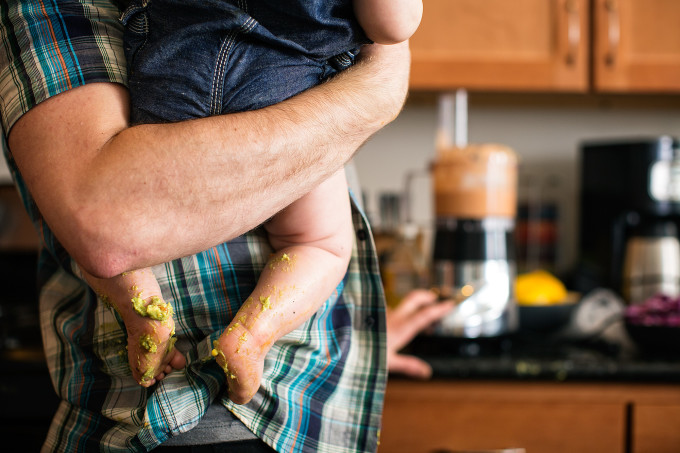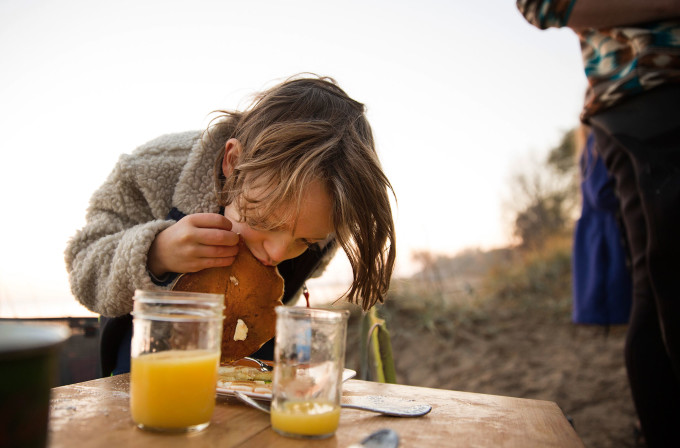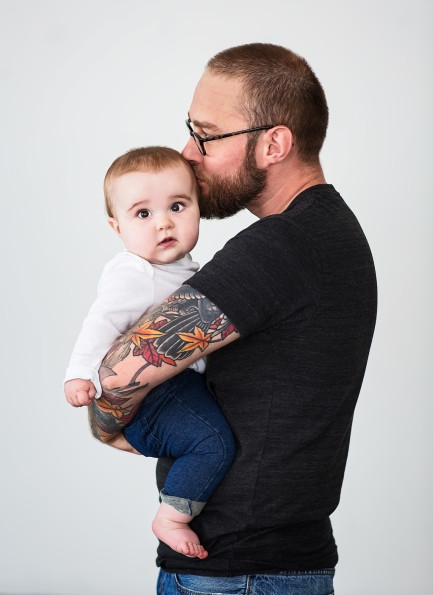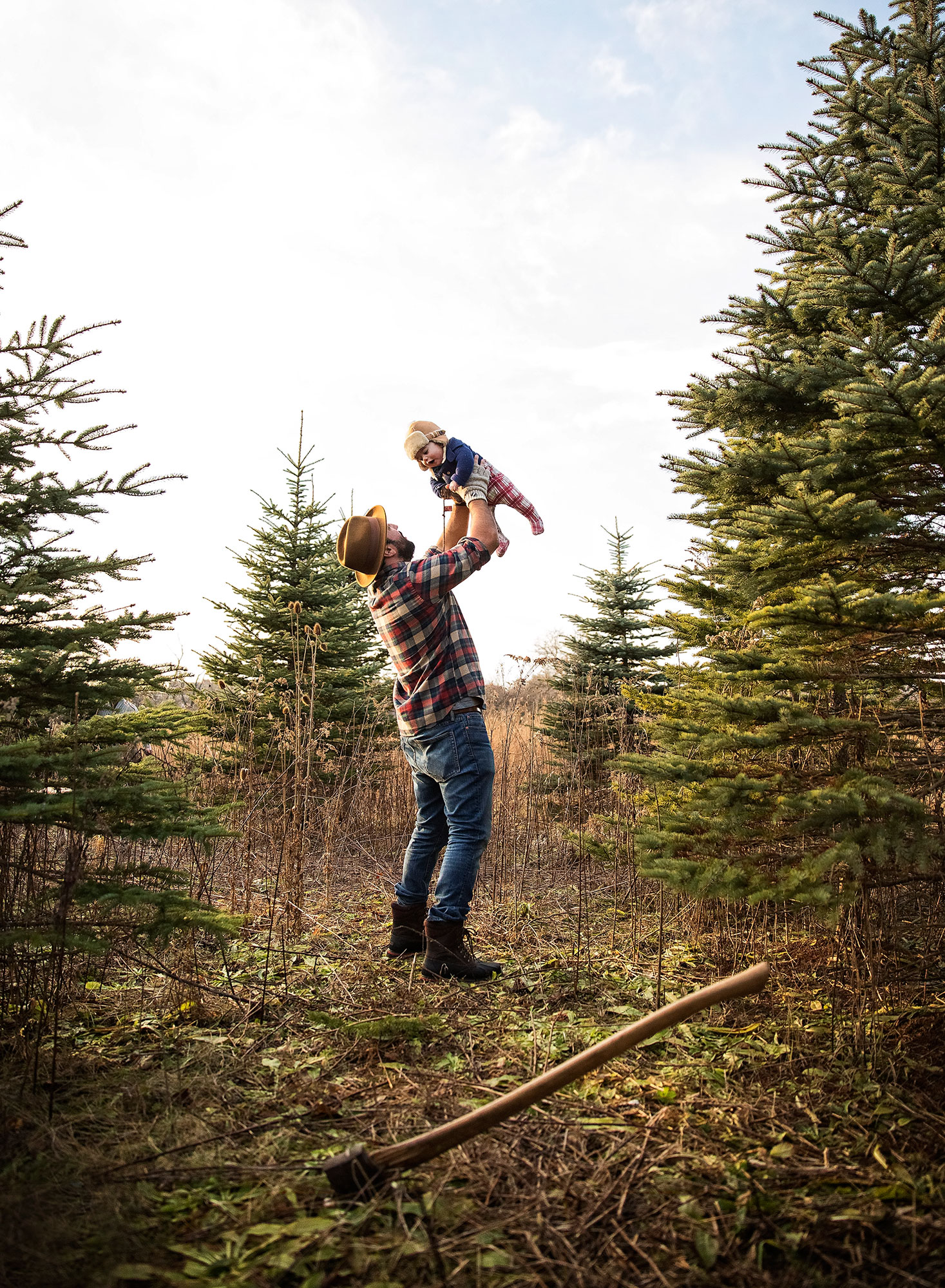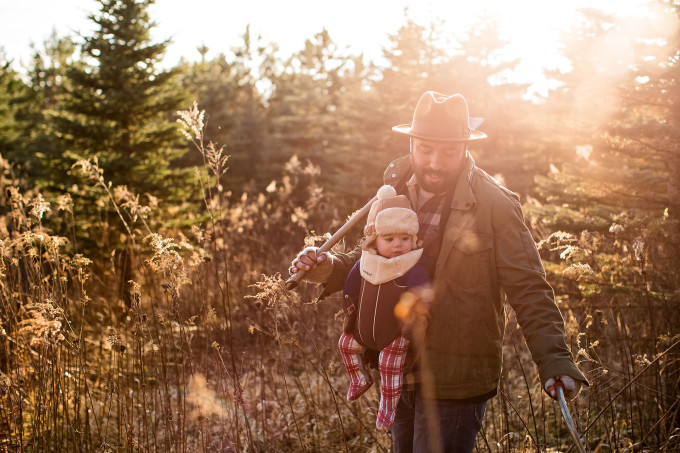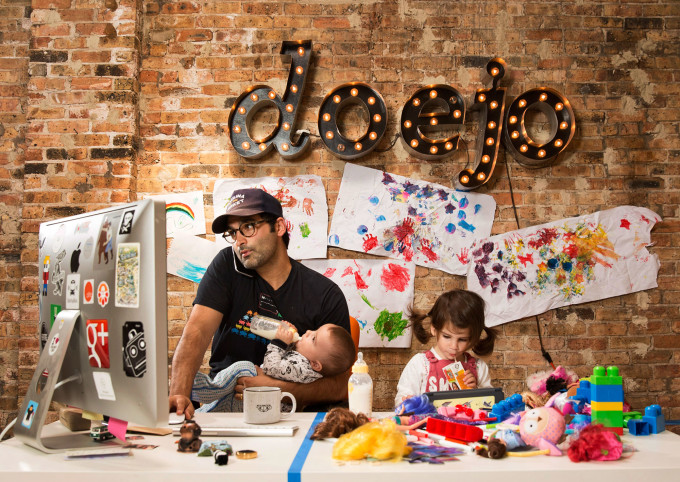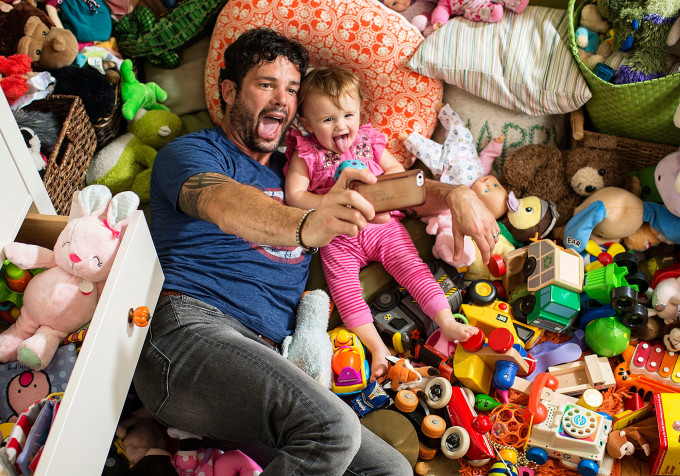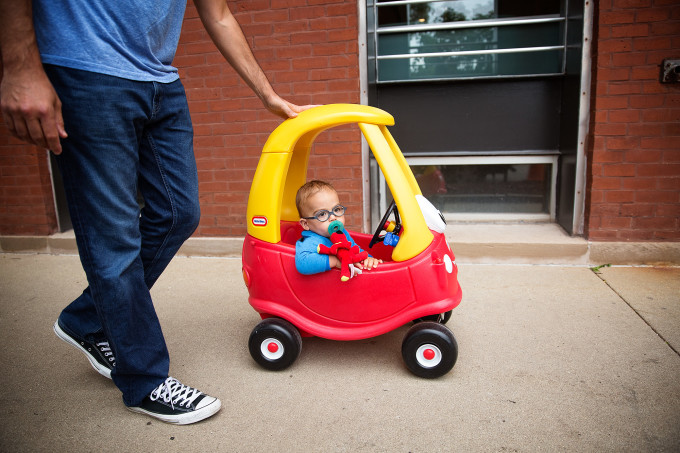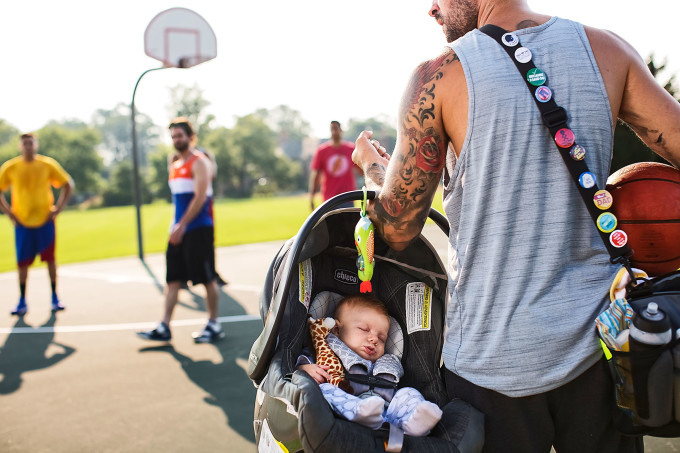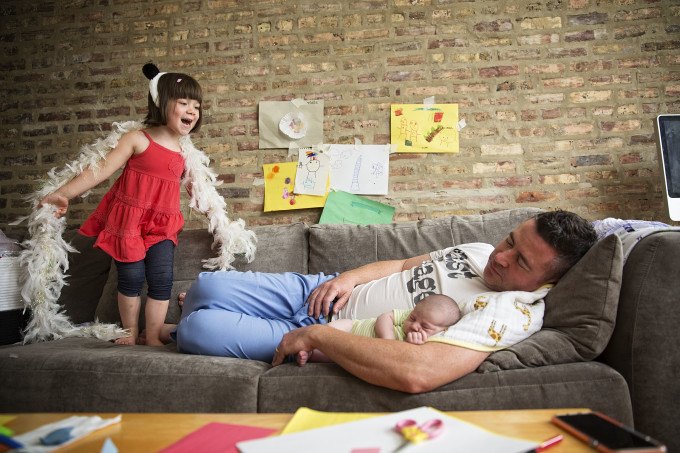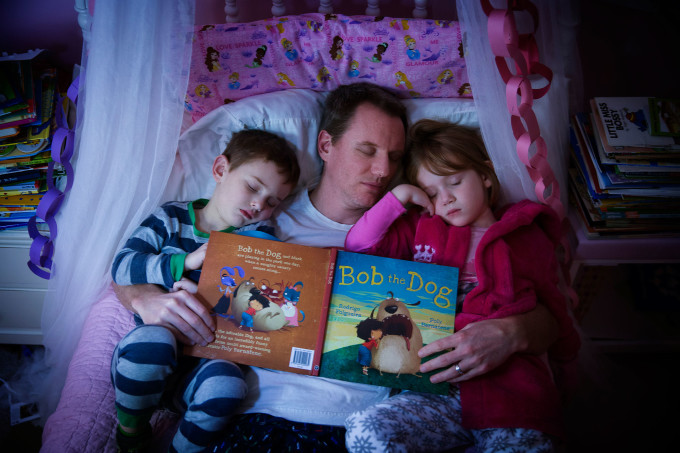Last Updated on 02/01/2016 by Chris Gampat
All photos by Callie Lipkin. Used with permission.
Callie Lipkin is an award-winning photographer, a storyteller, and a problem solver. A look through her lens reveals simple, organic moments between photographer and subject–and that is very evident in her newest project: the Dad time.
She started out in photography while studying abroad in China, and worked in photojournalism for many years–wit publications from The Beacon-News in Aurora, and the prestigious Boston Globe.
Callie calls Chicago home and lives with her husband and two sons. Her husband, Robert, was the inspiration for this series as he is the stay at home dad.
Phoblographer: Talk to us about how you got into photography.
Callie: I studied art abroad in China the summer after graduating high school. The experience really brought things into focus for me, made everything very real. I decided pretty quickly after that to become a photojournalist. I gave myself a year, and if I didn’t like it after that I was going to move on. Needless to say, I was hooked.
Phoblographer: What made you want to get into lifestyle portrait documentary projects like this? That’s what seems to be the main portion of your work.
Callie: Because my background is in reportage, I have always been interested in exploring stories through photography — as documentation, as ethnography, as social/political commentary, etc. Over the past 20 years, the entire photo industry has changed so much and I really just see myself adapting to my surroundings. Sometimes I am shooting in my instinctual documentary style and other times I am working slightly more conceptually. But I think that is more a testament to my artistic voice strengthening over time. It’s not always enough to merely follow people around; I want to interject my own narratives and viewpoints.
Phoblographer: So what was the inspiration for this series?
Callie: My husband is a stay at home dad — he really started as the primary inspiration. But I’m also inspired by my everyday surroundings, the incredible amount of media about parenting that’s out there, and my personal reactions / responses to being parent. As much as the project is inspiration from dads themselves, I consider many of the scenes to be self-portraits.
Phoblographer: How did you go about doing this? Was anything storyboarded and planned? Much of it looks very candid while some look pre-planned with softboxes added in for fill lighting.
Callie: That’s it exactly. Some of the concepts are loose, like day-in-the-life, where I am looking for those unexpected moments that can’t possibly be storyboarded. Others are more conceptually planned out, fantastical and with more intentional lighting. It’s been an incredible challenge to have these multiple styles live together creatively. I am basically working through the types of problems my clients put me through constantly. ‘Make it look loose.’ ‘Make sure it follows this exact concept.’ I think I am chipping away at those opposing forces and always looking for fresh solutions.
Phoblographer: What elements did you feel were absolutely critical to have in every single photo? Some of the images have just kids but no father in the scene. Was it kids?
Callie: There aren’t really any elements that have to be in the photos. Each concept comes together in its own way. Kids are definitely important — their surroundings or what they are doing sometimes tells the story by itself,and the dad is implied. For example, my kids listen to Motorhead with their father and my son has a Motorhead tee shirt that he loves; so that object itself could tell the story for me.
Phoblographer: When you were shooting and curating the images for this series, what was the editing process like for you and picking the final selections?
Callie: It’s instinctual. I tend to bounce my favorites off my team, but I think I am drawn to those favorites right away.
Phoblographer: What’s the greater goal business-wise for this project?
Callie: Like any personal project, the primary goal is to create an interesting and compelling body of work. A secondary goal is to troubleshoot stylistic and creative challenges that I experience in my commercial work. Every client job includes challenges, and the more I can workshop these types of challenges by developing my style more fully helps me become a better photographer — and helps me to better solve client challenges down the road.


